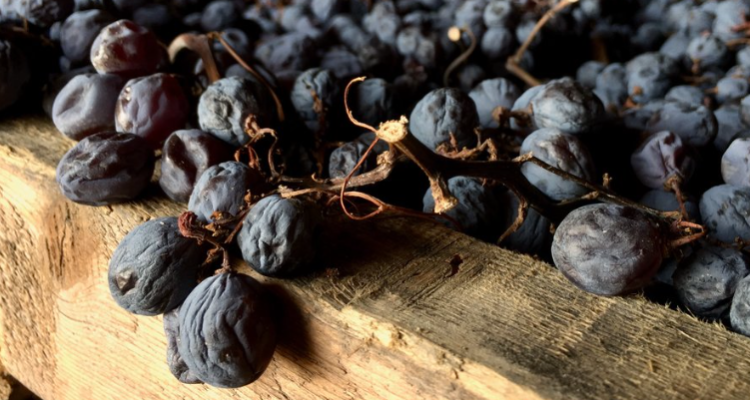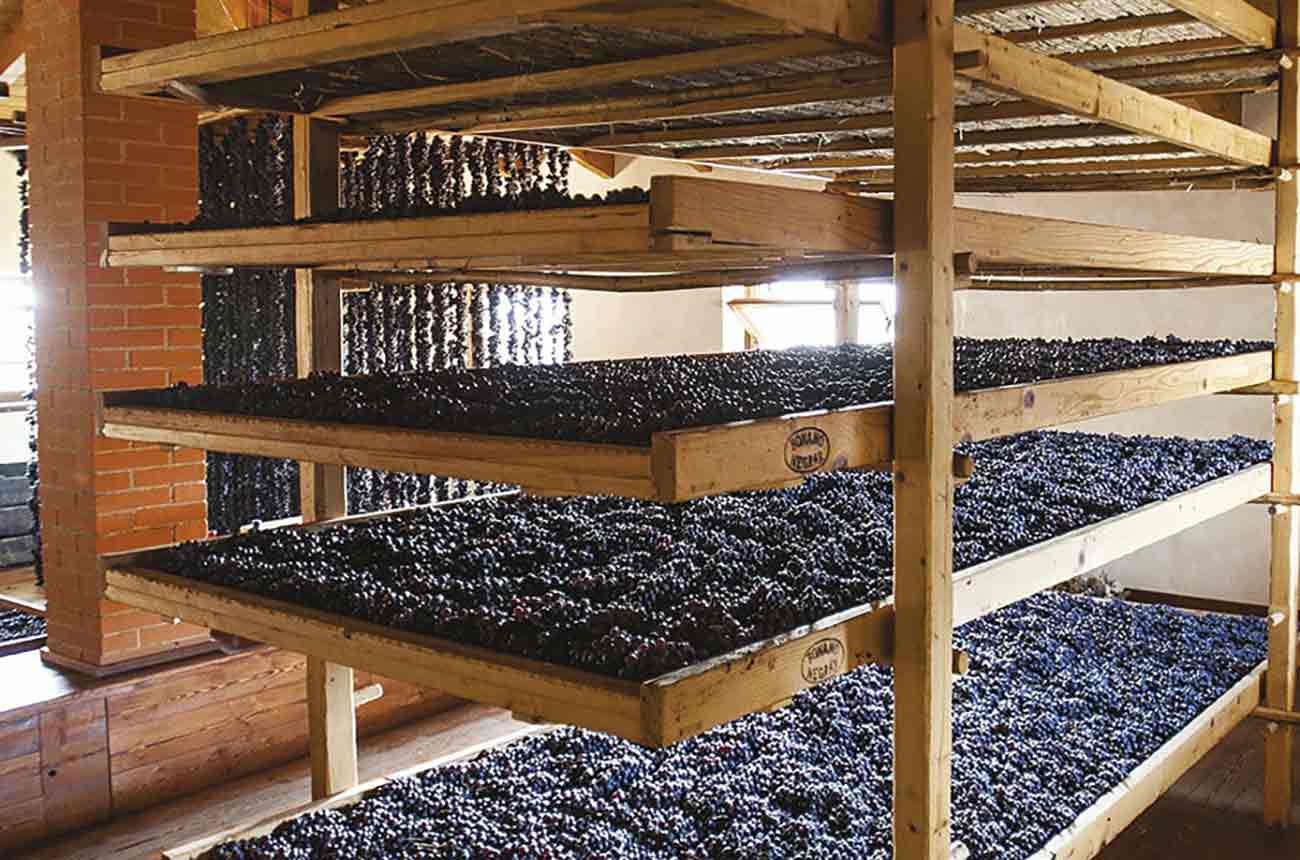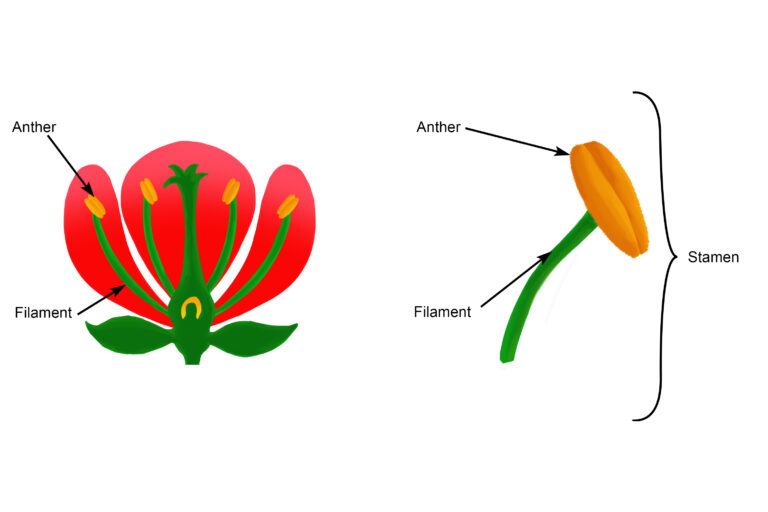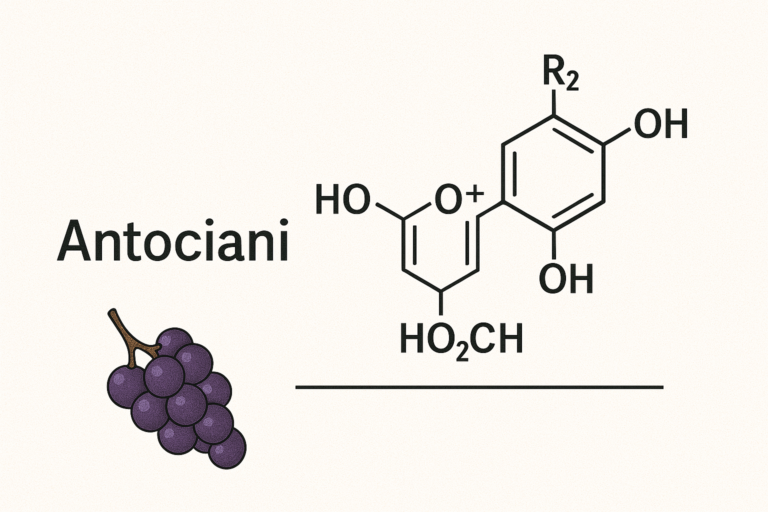Appassimento is a traditional Italian winemaking method that involves drying harvested grapes to concentrate their juices. This process, used in regions like Veneto and Lombardy, results in wines with distinct character and high alcohol content, such as the famed Amarone and Valpolicella.
This article provides a comprehensive exploration of the Appassimento process, its biological implications, and practical sustainability considerations.
The Appassimento Process: A Biological Perspective
The Appassimento process starts with the harvesting of ripe grapes, which are then placed on racks or straw mats to dry. This drying process, lasting from a few weeks to several months, induces water evaporation, leading to the concentration of the grape’s sugar, acid, and flavors.
According to studies indexed on PubMed, here, here here, and ScienceDirect this process involves significant metabolic changes in the grape berries. As the berries dehydrate, enzymes within the fruit, like invertase and pectinase, become more active.
Invertase catalyzes the breakdown of sucrose into glucose and fructose, the fermentable sugars that yeast will convert into alcohol during fermentation. Pectinase helps break down the grape’s cell walls, releasing more juice during pressing.
Selection of Grapes and Harvesting Techniques

The selection of grape varieties for the Appassimento process is crucial. Certain grape varieties, such as Corvina, Rondinella, and Molinara, are particularly suited to this process due to their thick skins and resistance to rot.
The timing of harvest is also essential. Grapes are typically harvested earlier than usual to ensure sufficient acidity is retained, balancing the increased sweetness from the drying process.
According to Kew POWO and other taxonomic databases, the Corvina grape, scientifically known as Vitis vinifera ‘Corvina’, is the most critical grape in the production of Amarone and other Appassimento wines.
Fermentation and Aging
After drying, the grapes are gently pressed, and the highly concentrated must is fermented. Yeast strains selected for their alcohol tolerance, such as Saccharomyces cerevisiae, are commonly employed due to the high sugar content of the must. The fermentation process typically takes longer than in standard winemaking due to the high sugar levels.
Post-fermentation, Appassimento wines are aged in oak barrels, contributing additional flavors and facilitating further chemical transformations. During this aging process, the wine’s tannins polymerize, leading to a smoother mouthfeel and increased complexity.
Sustainability Considerations
Appassimento is a labor and resource-intensive process, with implications for sustainability. The process requires large indoor spaces for grape drying and careful climate control to prevent mold and other spoilage organisms. It also involves a significant amount of grape wastage, as not all grapes survive the drying process.
However, there are ongoing efforts to make this process more sustainable. Some wineries are adopting solar-powered drying rooms, while others are experimenting with selective harvesting techniques to reduce wastage.
Conclusion
Appassimento is a complex winemaking process that produces unique and highly prized wines. Understanding the biological changes that occur during grape drying and fermentation, as well as the sustainability challenges associated with this method, is crucial for appreciating these wines and the effort that goes into their production.
Featured image credit: Cantina di Negrar




